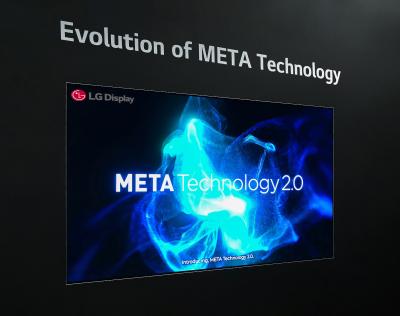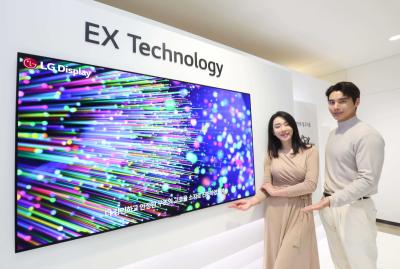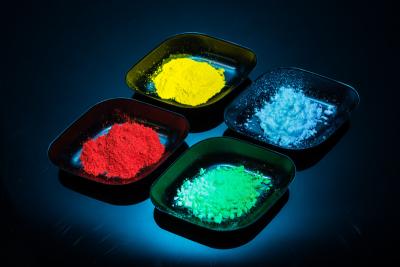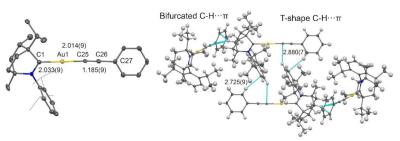Researchers develop a perovskite-based 3D printing ink that could power next generation OLED devices
Researchers at Lawrence Berkeley National Laboratory (Berkeley Lab), led by Prof. Peidong Yang, developed a new 3D printing ink based on perovskite materials, that exhibits unity photoluminescence quantum yield (PLQY). Interestingly, as it is a 3D printable ink, it is possible to create luminescent objects from it, as seen in the image below:
The researchers brand the new ink as 'supramolecular ink', and say it is produced without any rare metals. It is a combination of several powders containing hafnium (Hf) and zirconium (Zr), and is made at room temperatures. In a process called supramolecular assembly, tiny molecular building block structures are self-assembled within the ink. These supramolecular structures enable the material to achieve stable and high-purity synthesis at low temperatures.








